How You Can Repurpose a Vintage Vanity
Have you ever stumbled upon a vintage vanity at a flea market or in an antique store and felt that rush of excitement? You know the one—where you can almost see the potential just waiting to be unleashed! Repurposing a vintage vanity is not just about giving it a new life; it's about transforming it into a stunning piece that can serve a variety of functions in your home. Whether you want to create a chic desk for your office, a stylish bathroom sink, or even a unique entryway table, the possibilities are truly endless. In this article, we’ll explore some creative and practical ways to breathe new life into these timeless pieces, enhancing both their aesthetics and utility while preserving their unique charm.
Repurposing a vintage vanity is like embarking on a journey where you get to mix the old with the new. Imagine taking a piece that has witnessed decades of history and giving it a modern twist that fits perfectly in your contemporary home. This process not only allows you to express your personal style but also contributes to sustainable living by reducing waste. So, if you’re ready to dive into the world of vintage vanities, let’s uncover the secrets to transforming these beautiful relics into functional masterpieces!
Why are vintage vanities so captivating? Well, they offer a timeless charm that simply cannot be replicated by modern furniture. Each vanity carries its own story, often reflected in its unique designs and intricate craftsmanship. When you incorporate a vintage vanity into your space, you’re not just adding furniture; you’re infusing your home with character and history. These pieces can serve as stunning focal points, drawing the eye and sparking conversation. Plus, their versatility means they can fit into various design aesthetics, from bohemian to minimalist.
Now that you're excited about the idea of repurposing, how do you choose the right vintage vanity? It’s essential to consider factors like size, style, and condition. A vanity that’s too large may overwhelm a small space, while a piece in poor condition might require more work than you're willing to invest. Think about where you want to place it and how it will complement your existing decor. Remember, the goal is to create a seamless integration of the vintage piece into your modern home.
Before you get your hands dirty, take a moment to evaluate the vanity’s condition. Is the structure sturdy? Are there any noticeable scratches, dents, or loose joints? Identifying these issues early on will help you plan your restoration process effectively. You want to ensure that the vanity is not only beautiful but also functional. A well-assessed piece can be a joy to work with and can lead to a successful transformation.
When it comes to repairs, don’t shy away! Addressing scratches, dents, or loose joints is crucial for a successful repurposing project. Simple repairs can significantly enhance the vanity's overall appearance and functionality. You might find that a little wood glue here or a fresh coat of paint there can work wonders. Think of it as giving your vanity a little TLC before it steps into its new role!
Refinishing is where the magic happens. Options like sanding, staining, or painting can breathe new life into an old vanity. The technique you choose will depend on the desired aesthetic and the material of the piece. For instance, a natural wood finish can highlight the beauty of the grain, while a bold color can make a striking statement. Take some time to experiment and find what resonates with your style!
Now, let’s get those creative juices flowing! There are countless ways to repurpose a vintage vanity. Here are just a few ideas to inspire you:
- Chic Desk: Transform your vanity into a stylish workspace by adding a comfortable chair and some modern accessories.
- Bathroom Sink: With a little plumbing know-how, you can turn your vanity into a stunning bathroom sink that’s sure to impress.
- Entryway Table: Add some hooks and a mirror to create a functional entryway piece that welcomes guests.
Blending modern design elements with vintage charm can create a unique aesthetic. Consider how contemporary hardware or finishes can enhance the overall look of your repurposed vanity. For instance, sleek metal knobs can contrast beautifully against a distressed wood finish, making the piece feel fresh and relevant.
Don’t underestimate the impact of hardware! Selecting the right knobs, pulls, and other accessories can elevate the vanity's design to new heights. Think about modern finishes paired with vintage pieces to create a striking contrast that enhances the overall appeal. It’s these little details that can make a big difference!
Experimenting with color palettes and textures can transform a vintage vanity into a statement piece. Consider how paint, fabric, and other materials can work together to achieve your desired look. A soft pastel color can evoke a sense of calm, while bold hues can inject energy into your space. Mixing textures, like adding a plush fabric chair with a wooden vanity, can create visual interest and depth.
Once you’ve completed your repurposing project, styling your vintage vanity is essential to showcase its new purpose. Thoughtfully chosen decor and accessories can enhance its charm and make it a functional part of your home. Consider adding a few personal touches, like a small plant, a framed photo, or decorative books, to make the space truly yours.
Q: Can I repurpose any vintage vanity?
A: While most vintage vanities can be repurposed, it's essential to assess their condition and ensure they are structurally sound before starting your project.
Q: What tools do I need for repurposing?
A: Basic tools like screwdrivers, sandpaper, paintbrushes, and wood glue are typically sufficient for most vanity repurposing projects.
Q: How can I ensure my repurposed vanity fits my decor?
A: Consider the color, style, and materials of your existing decor when choosing a vanity and accessories. Blending modern and vintage elements can create a cohesive look.
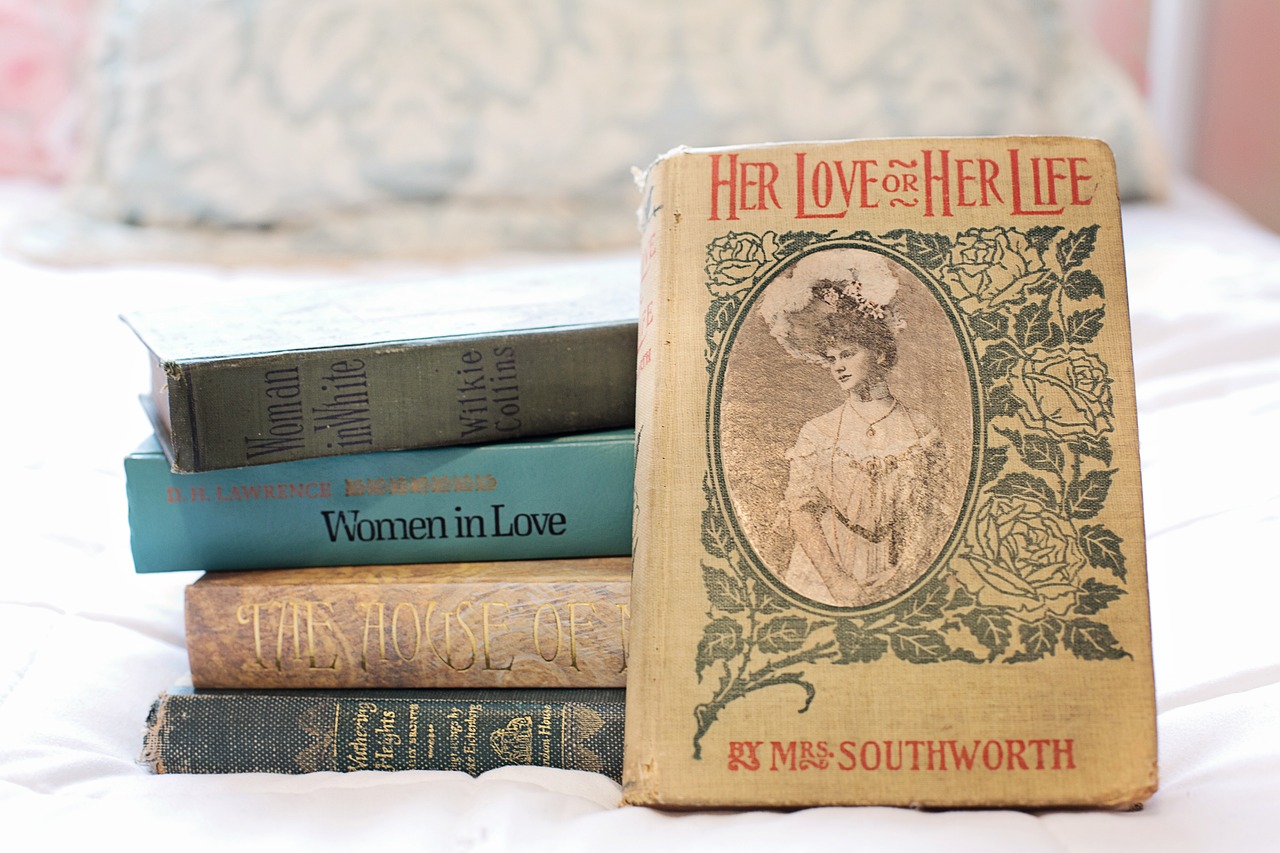
Understanding the Appeal of Vintage Vanities
Vintage vanities are not just pieces of furniture; they are timeless treasures that carry stories and history. Their unique designs and craftsmanship evoke a sense of nostalgia, making them a cherished addition to any home. Imagine walking into a room adorned with a beautifully restored vanity, its intricate carvings and rich patina telling tales of the past. This allure is what makes vintage vanities so appealing.
One of the most captivating aspects of vintage vanities is their character. Unlike mass-produced modern furniture, each vintage piece is distinct, featuring its own quirks and charm. This individuality can transform a mundane space into a stylish haven. Whether it's the elegant curves of a Victorian design or the sleek lines of mid-century modern, there's a vintage vanity to suit every taste and decor style.
Moreover, vintage vanities often boast superior craftsmanship. In an era where furniture is often made from particle board and cheap materials, these older pieces were built to last. The quality of wood, the attention to detail in design, and the durability of construction are hallmarks of vintage furniture. When you choose a vintage vanity, you're not just acquiring a piece of furniture; you're investing in a work of art that can withstand the test of time.
Another appealing factor is the versatility of vintage vanities. They can serve multiple purposes in your home, adapting to your needs and style preferences. For instance, a vintage vanity can easily be transformed into:
- A chic writing desk in a home office
- A stylish bathroom sink
- A unique entryway console table
- A decorative display for your favorite plants or books
This adaptability makes vintage vanities a smart choice for those looking to enhance their living spaces without sacrificing style.
In addition to their aesthetic and functional benefits, vintage vanities also promote sustainability. By repurposing and restoring these pieces, you’re not only reducing waste but also celebrating the beauty of upcycling. In a world increasingly focused on sustainability, choosing vintage furniture is a step towards a more eco-friendly lifestyle.
Ultimately, the appeal of vintage vanities lies in their ability to blend nostalgia with modern functionality. They offer a unique way to express your personal style while adding a touch of history to your home. So, if you're considering a home makeover, why not let a vintage vanity be the centerpiece of your design? It’s not just furniture; it’s a conversation starter, a piece of art, and a slice of history all rolled into one!

Choosing the Right Vanity for Repurposing
When it comes to repurposing a vintage vanity, the first step is selecting the right piece. This process is not just about aesthetics; it's about finding a vanity that fits your vision and your space. Think of it like finding the perfect canvas for a beautiful painting. You wouldn't want to start with a torn or stained canvas, right? Similarly, the condition and style of the vanity are crucial. Here are some key factors to consider:
- Size: Measure your space to ensure the vanity will fit comfortably. A piece that’s too large can overwhelm a room, while one that’s too small may get lost in the decor.
- Style: Vintage vanities come in various styles, from ornate Victorian to sleek mid-century modern. Choose a style that resonates with your existing decor or the vibe you aim to create.
- Condition: Look for signs of wear and tear. A vanity with minor scratches can be easily restored, but significant damage may require more extensive repairs.
As you assess potential candidates, keep in mind that the right vanity should not only appeal to your sense of style but also be practical for your intended use. For instance, if you plan to transform it into a desk, ensure it has enough surface area and height for comfortable working. On the other hand, if your goal is to convert it into a bathroom sink, consider the plumbing requirements and the space available in your bathroom.
Moreover, don't shy away from exploring different materials. Solid wood vanities, for example, offer durability and can be refinished beautifully, while those made of softer materials may require more care. Each material brings its own charm and challenges, so think about what fits best with your lifestyle.
In summary, choosing the right vintage vanity for repurposing is a blend of art and practicality. By focusing on size, style, condition, and material, you can find a piece that not only enhances your home but also serves a functional purpose. Remember, this is a creative journey, so enjoy the process of selecting a vanity that resonates with your personal style!
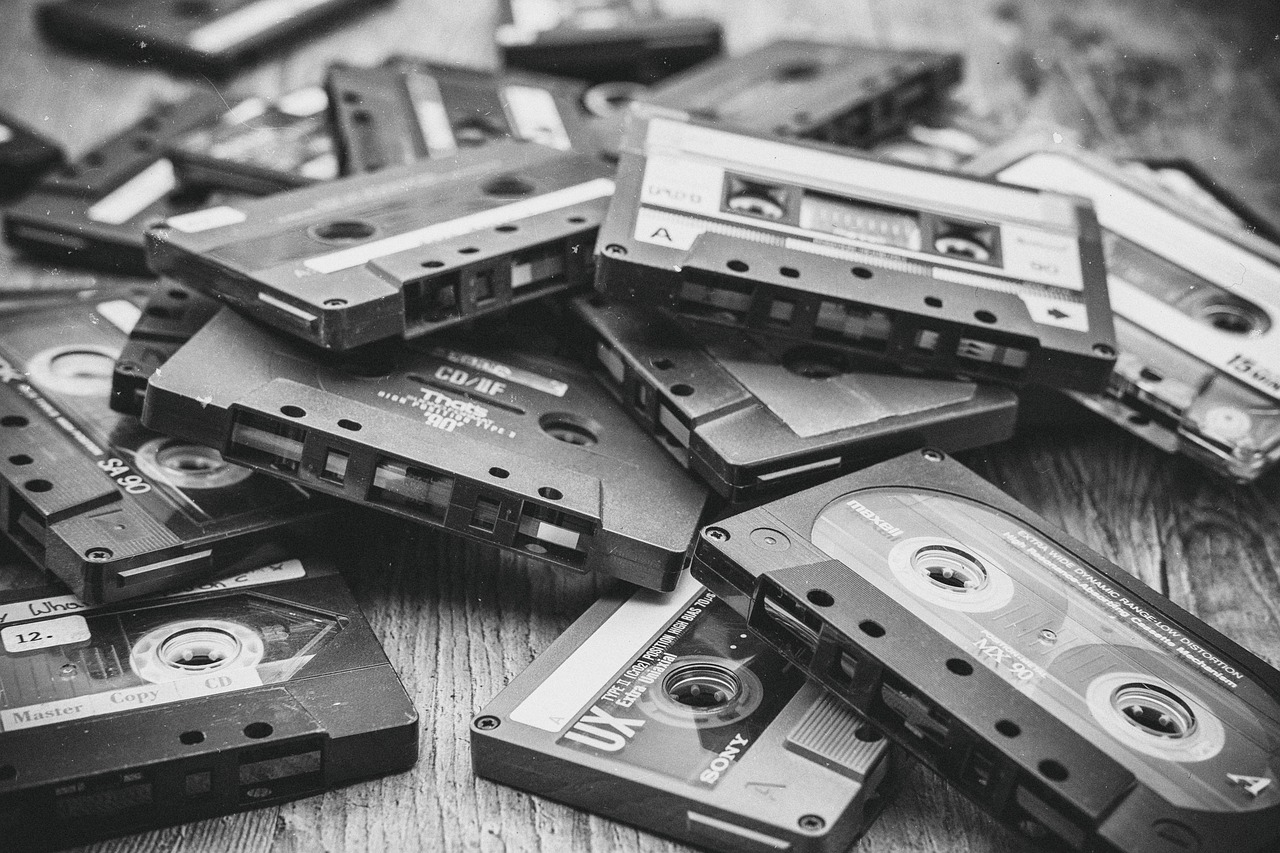
Assessing Condition and Quality
When it comes to repurposing a vintage vanity, the first step is to thoroughly assess its condition and quality. This process is crucial because it will not only guide your restoration efforts but also determine how functional and aesthetically pleasing your final piece will be. Start by examining the overall structure of the vanity. Is it sturdy enough to withstand the changes you plan to make? Look for any signs of wear and tear, such as wobbly legs, loose joints, or a warped top. These issues can often be repaired, but knowing them upfront will save you time and effort later on.
Next, take a closer look at the finish. Vintage vanities often come with beautiful, intricate finishes that can be damaged over time. Check for scratches, chips, or discoloration. If the finish is too far gone, you might need to consider refinishing options, which can include sanding down to the bare wood or applying a fresh coat of paint. However, if the finish is still in good shape, a simple cleaning and polishing might be all that's needed to bring back its former glory.
Additionally, it’s important to evaluate the materials used in the vanity's construction. Many vintage pieces are made from solid wood, which is usually a good sign of quality. However, some may be made from particle board or other less durable materials. Understanding this will help you gauge how much effort you should put into restoring the piece. Here’s a quick checklist to guide your assessment:
- Structural Integrity: Check for any loose joints, wobbly legs, or sagging surfaces.
- Finish Quality: Look for scratches, chips, and discoloration.
- Material Type: Identify whether the piece is made from solid wood or composite materials.
- Hardware Condition: Inspect knobs, pulls, and hinges for rust or damage.
By carefully assessing these elements, you'll be well-equipped to make informed decisions about the repairs and refinishing techniques needed. Remember, the goal is to preserve the unique charm of the vintage vanity while ensuring it meets your functional needs. Taking the time to assess its condition and quality will pay off in the long run, resulting in a stunning piece that adds both style and utility to your home.
- How can I tell if my vintage vanity is worth restoring? If it has solid construction and unique features, it’s likely worth restoring. Consider its sentimental value as well.
- What tools do I need for basic repairs? Basic tools include a screwdriver, wood glue, sandpaper, and a paintbrush for refinishing.
- Can I paint over a stained finish? Yes, but you may need to sand it down first to ensure proper adhesion of the new paint.
- Is it better to hire a professional for repairs? It depends on your skill level. If you're unsure, hiring a professional can save you time and ensure quality results.

Repairing Damaged Areas
When it comes to repurposing a vintage vanity, one of the most critical steps is . A vintage piece may have seen better days, with scratches, dents, or even loose joints that can detract from its beauty and functionality. Before you dive into the creative aspects of your project, taking the time to address these imperfections is essential. Think of it like giving your vanity a little TLC—after all, a strong foundation is key to a successful transformation!
First, let's talk about scratches and dents. These are often the most visible signs of wear and tear. For minor scratches, a simple touch-up with a matching stain or a wood filler can work wonders. If the scratches are deeper, you might want to consider sanding the area lightly to smooth it out before applying your chosen finish. Dents can often be repaired using a damp cloth and an iron; just place the cloth over the dent and gently apply heat—this can help the wood swell back into shape. It’s a bit like magic!
Next up are loose joints. If you notice that any of the drawers or legs are wobbling, it’s important to address this immediately. Use wood glue to re-secure any loose parts, and clamp them together until the glue dries. This step not only ensures the structural integrity of your vanity but also prevents future issues that could complicate your repurposing project. Remember, a sturdy piece is a happy piece!
Now, let's not forget about the finish. A vintage vanity may have a beautiful patina, but if it’s peeling or chipped, it may need a little love. Depending on the condition, you might want to strip the old finish entirely or simply clean it up and apply a fresh coat. If you choose to refinish, consider the following options:
| Technique | Description |
|---|---|
| Sanding | Remove the old finish to prepare the surface for staining or painting. |
| Staining | Add color while enhancing the wood grain, perfect for a natural look. |
| Painting | Completely transform the appearance with a bold color or chic finish. |
Ultimately, the goal is to ensure that your vintage vanity not only looks good but is also functional and durable. Taking the time to repair these damaged areas will enhance the overall aesthetic and ensure that your piece can be enjoyed for many more years to come. So, roll up your sleeves, grab your tools, and let’s get that vanity back to its former glory!
- What tools do I need for repairing a vintage vanity? You will typically need sandpaper, wood glue, a paintbrush, and possibly a heat source for dent repair.
- Can I use modern paint on a vintage vanity? Yes, modern paint can give a fresh look, but ensure you prepare the surface properly.
- How do I know if a vintage vanity is worth restoring? Look for unique features, solid construction, and overall charm. If it speaks to you, it’s worth it!
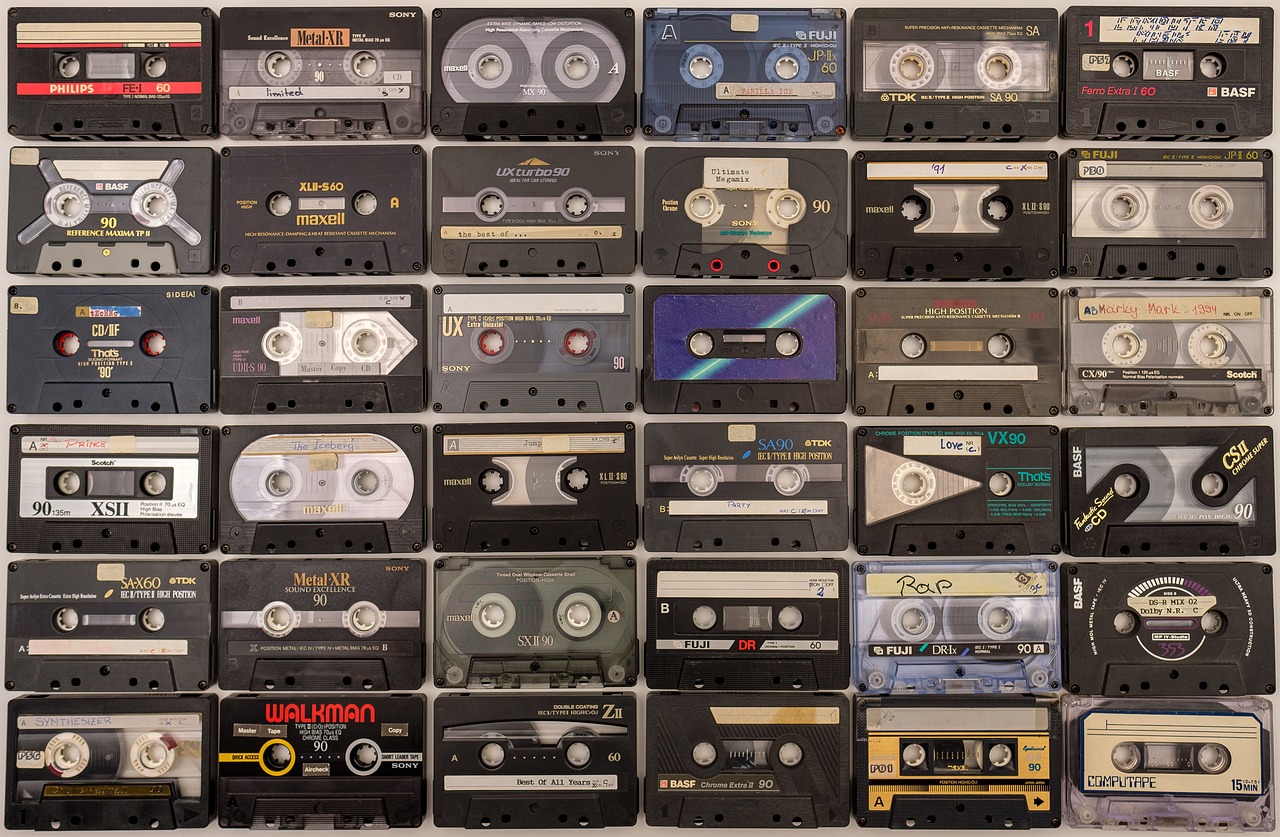
Refinishing Techniques
Refinishing a vintage vanity is not just about making it look pretty; it's about reviving its spirit and allowing it to shine in a new light. There are several techniques you can employ, each with its own unique benefits and aesthetic outcomes. Whether you want to keep the original charm or give it a modern twist, the right refinishing technique can make all the difference.
One of the most popular methods is sanding. This technique involves removing the old finish to reveal the beautiful wood underneath. It's essential to use the right grit sandpaper to avoid damaging the surface. Start with a coarser grit to remove the bulk of the old finish, then gradually move to finer grits for a smooth finish. Remember, patience is key here; rushing through the sanding process can lead to uneven surfaces.
After sanding, you have a choice to make: will you stain or paint? Staining allows the natural grain of the wood to show through while adding a rich color that can enhance the vanity's character. When selecting a stain, consider the overall color palette of your room. On the other hand, painting opens up a world of possibilities. A bold color can turn a vintage piece into a stunning statement, or you could opt for a soft pastel to maintain a more traditional look. If you decide to paint, using a primer first can help the paint adhere better and ensure a more vibrant color.
Another exciting option is decoupage. This technique involves gluing decorative paper or fabric onto the surface of the vanity and sealing it with a clear finish. It’s a fantastic way to add a personal touch, and you can choose patterns that reflect your style—be it floral, geometric, or something whimsical. Just imagine a vintage vanity adorned with beautiful botanical prints, creating a stunning focal point in your room!
Finally, don’t forget about the finishing touches. Once your vanity is sanded, stained, or painted, applying a clear coat will protect the surface and enhance its durability. Options include polyurethane for a glossy finish or a matte sealant for a more understated look. Each of these choices can dramatically affect the final appearance of your piece.
In summary, refinishing a vintage vanity can be a rewarding project that allows you to express your creativity while preserving its unique history. By choosing the right technique, you can transform an old piece into a stunning addition to your home. So, roll up your sleeves, gather your supplies, and get ready to bring your vintage vanity back to life!
- What tools do I need for refinishing a vintage vanity? You will need sandpaper, a paintbrush or roller, wood stain or paint, a clear sealant, and possibly a decoupage glue if you choose that technique.
- How long does the refinishing process take? The time can vary depending on the technique used, but expect to spend several hours or even days, especially if you are allowing for drying times between coats.
- Can I refinish a vanity without stripping it? Yes, if the existing finish is in good condition, you can simply sand and repaint or stain over it, but this may not yield the best results.
- Is it necessary to use a primer before painting? While not always necessary, using a primer can help the paint adhere better and improve the overall finish, especially on glossy surfaces.
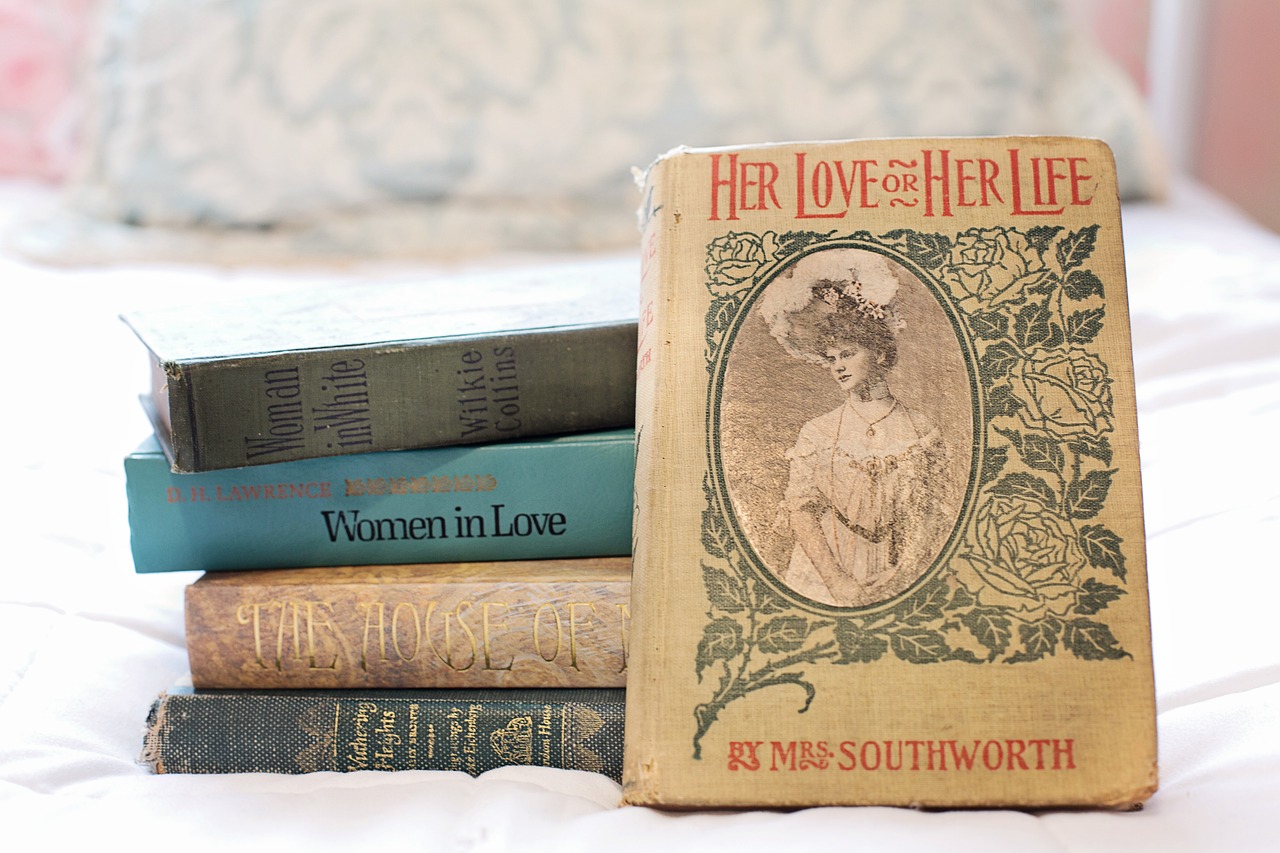
Inspiring Repurposing Ideas
When it comes to giving a vintage vanity a new lease on life, the possibilities are truly endless! Imagine transforming that charming piece of furniture into something not only functional but also a stunning centerpiece in your home. One of the most popular ideas is to convert a vintage vanity into a chic desk. With a little creativity, you can remove the mirror and replace it with a stylish desktop surface, creating a unique workspace that stands out. Picture this: a beautifully stained wood top paired with sleek, modern legs, allowing you to blend the old with the new effortlessly.
Another fantastic idea is to turn your vintage vanity into a stylish bathroom sink. By carefully removing the drawers and adding a porcelain sink, you can create a stunning focal point that marries functionality with elegance. You might want to add some chic faucets and modern plumbing fixtures to complete the look. This not only maximizes the use of space but also adds a touch of vintage charm to your bathroom.
If you're feeling particularly adventurous, consider transforming your vintage vanity into a bar cart. Just imagine the charm of serving drinks from a beautifully restored piece of furniture! You can paint it a vibrant color, add some stylish wheels, and even install a glass top for a sleek finish. This repurposing idea not only showcases your creativity but also adds a unique touch to your entertaining space.
For those who love the idea of a cozy reading nook, why not convert a vintage vanity into a charming bedside table? By removing the mirror and adding a small lamp and some books, you can create a cozy corner that invites relaxation. You could even repurpose the drawers to hold your favorite novels or personal items, keeping everything organized and within reach.
Lastly, if you’re a fan of gardening, consider turning your vintage vanity into a potting station. With its ample surface area, it’s perfect for repotting plants and organizing your gardening supplies. Just imagine the joy of having a designated space for your green thumb activities, surrounded by the vintage charm of your once-forgotten vanity.
Whatever direction you choose to go in, remember that the key to a successful repurposing project is to let your creativity shine. The beauty of vintage furniture lies in its history and character, so embrace those quirks and let them inspire your design choices!
- What tools do I need to repurpose a vintage vanity? You will need basic tools like a screwdriver, paintbrushes, sandpaper, and possibly a saw if you're making significant modifications.
- Can I keep the original finish on my vintage vanity? Yes, if the finish is in good condition, you can simply clean it and apply a protective coat. Refinishing is only necessary if the finish is damaged.
- How do I choose the right color for my repurposed vanity? Consider the color scheme of the room where the vanity will be placed. You can opt for bold colors for a statement piece or muted tones for a more subtle look.
- Is it worth it to repurpose a vintage vanity? Absolutely! Repurposing not only adds value to the piece but also allows you to create something uniquely yours that fits your personal style.
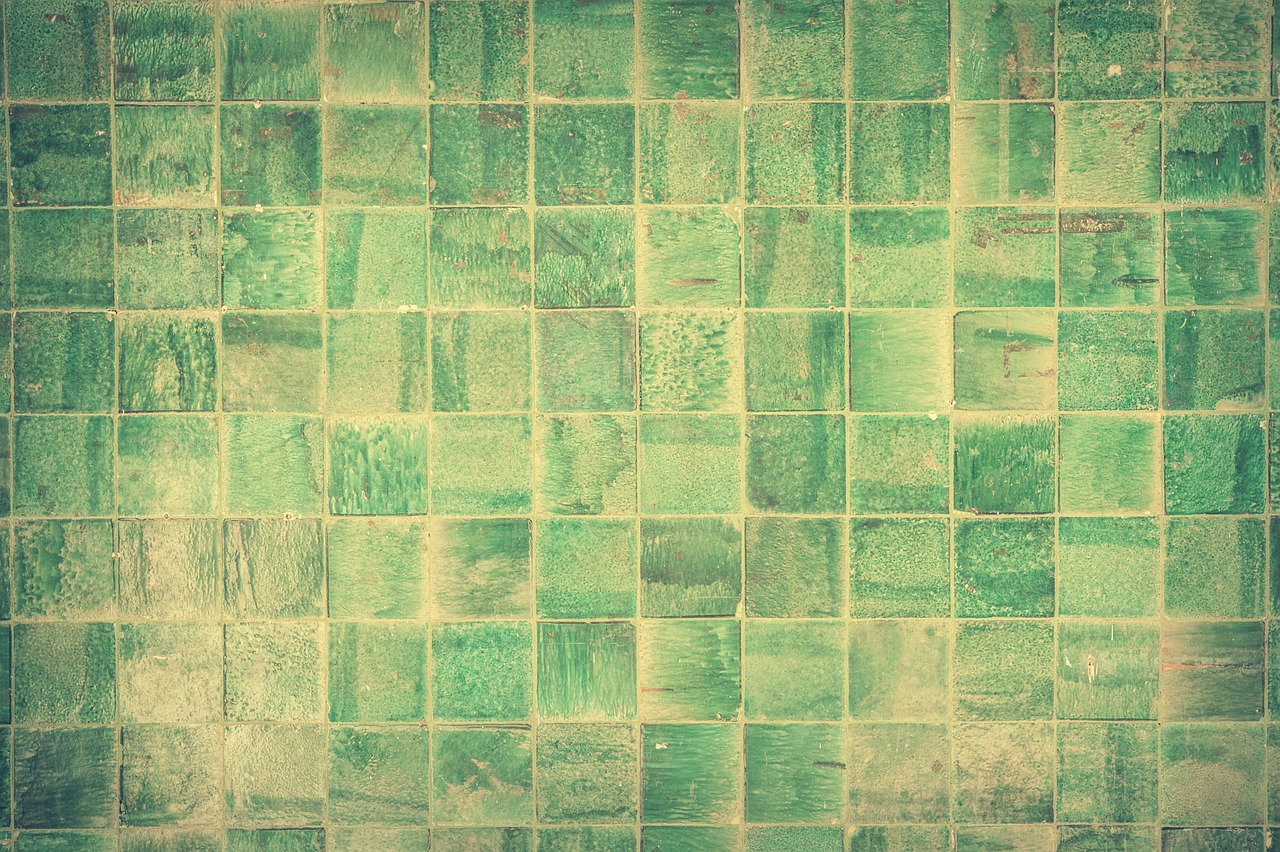
Incorporating Modern Elements
When it comes to repurposing a vintage vanity, one of the most exciting aspects is the opportunity to blend modern design elements with the timeless charm of the original piece. Imagine walking into a room where a beautifully restored vanity stands out not just for its vintage appeal, but also for its contemporary flair. This fusion can create a stunning focal point that draws the eye and sparks conversation.
To achieve this harmonious blend, start by considering contemporary hardware. The right knobs, pulls, and drawer slides can dramatically change the overall look of your vanity. For instance, sleek, minimalist handles in matte black or brushed gold can provide a striking contrast against the vintage wood, enhancing its character while offering a modern touch. Think of it as pairing a classic wine with a gourmet meal; the right combination can elevate the entire experience.
Next, let’s talk about finishes. While the original finish of a vintage vanity may be beautiful, applying a modern paint color can breathe new life into it. Consider colors like deep navy, rich emerald, or even a bold coral to make a statement. These colors can create a stunning backdrop that highlights the vanity's unique features. If you’re feeling adventurous, you might even opt for a two-tone finish, where the body of the vanity is one color and the drawers another. This adds depth and interest, making the piece feel fresh and exciting.
Additionally, incorporating modern textures can further enhance your vintage vanity. Think about using materials like glass or metal accents to juxtapose against the wood grain. For example, a glass top can give a light and airy feel, while metal legs can add an industrial edge. This combination of textures not only adds visual interest but also makes the vanity more versatile in its function. You can even integrate fabric elements, such as a stylish cushion on a vanity stool, to soften the look and add comfort.
To illustrate how these elements can come together, consider the following table:
| Element | Modern Option | Effect |
|---|---|---|
| Hardware | Matte black or brushed gold knobs | Creates a chic contrast with vintage wood |
| Finish | Bold colors like navy or coral | Modernizes the look while highlighting features |
| Textures | Glass tops and metal legs | Adds depth and versatility |
In summary, incorporating modern elements into your vintage vanity not only enhances its aesthetic appeal but also allows it to fit seamlessly into contemporary interiors. By carefully selecting hardware, finishes, and textures, you can create a piece that is not just a relic of the past but a vibrant part of your home’s present. So, why settle for ordinary when you can transform a vintage treasure into a modern masterpiece?
- Can I repaint my vintage vanity? Yes! Repainting can give your vanity a fresh look. Just be sure to use the right primer and paint for the material.
- How do I choose the right hardware? Consider the style of your vanity and your personal taste. Modern, minimalist hardware often pairs well with vintage pieces.
- What if my vanity has scratches or dents? Simple repairs can be made using wood filler or touch-up paint. For deeper damage, consider professional restoration.
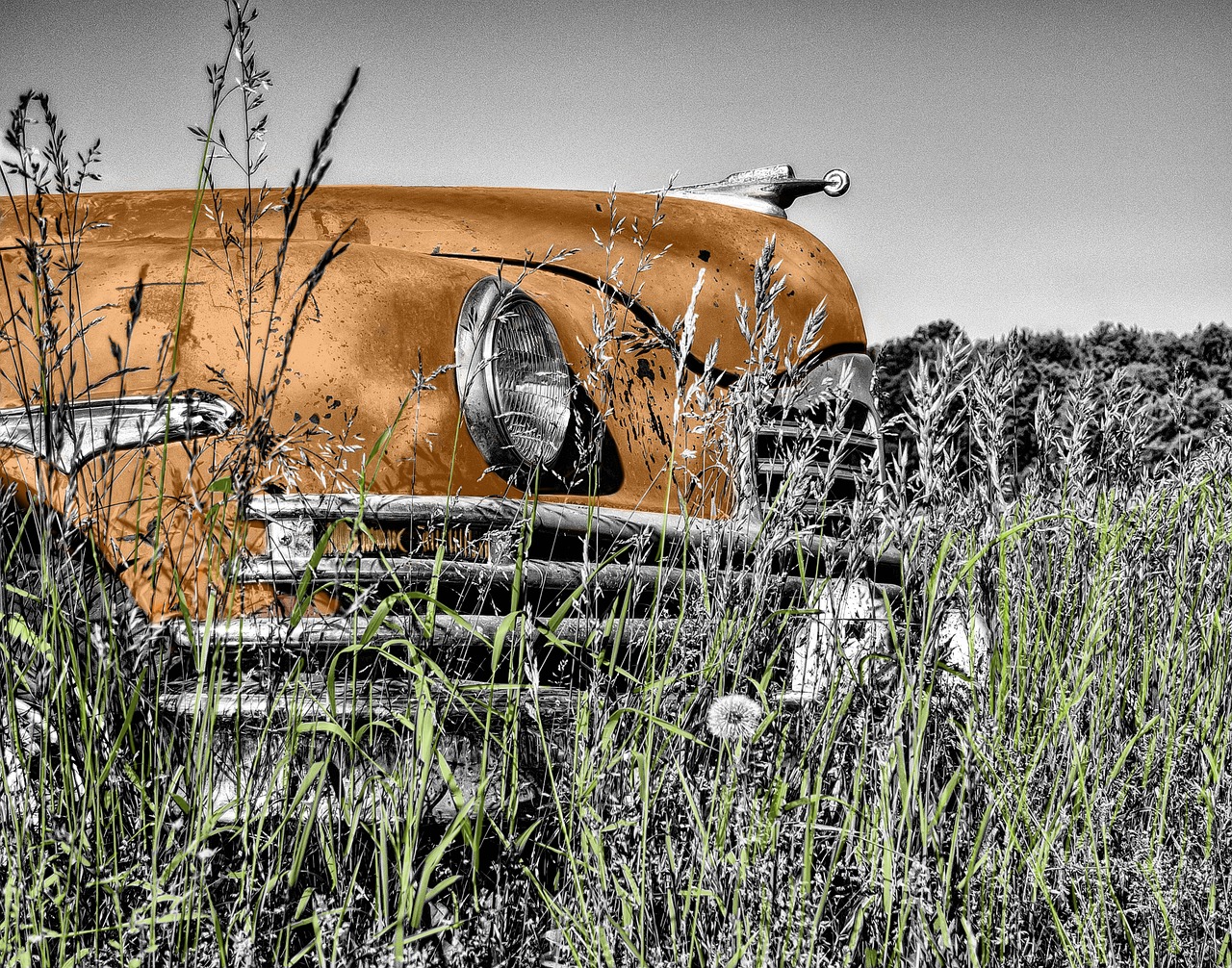
Choosing Hardware and Accessories
When it comes to repurposing your vintage vanity, the hardware and accessories you choose can make all the difference. Imagine this: you’ve found the perfect vanity, its intricate carvings and beautiful lines beckoning for a new life. But without the right knobs and pulls, it might not shine as brightly as it could. So, how do you select the perfect pieces to elevate your vanity's design?
First, consider the style of your vintage vanity. Is it ornate and traditional, or sleek and minimalist? Understanding its original design will guide you in choosing hardware that either complements or contrasts beautifully. For instance, if your vanity has a classic feel, ornate brass or antique bronze knobs can enhance its charm. On the other hand, if you’re going for a more contemporary look, sleek, modern handles in matte black or brushed nickel can create a stunning juxtaposition.
Next, think about the scale of the hardware. You want to ensure that the size of the knobs and pulls is proportionate to the vanity itself. Oversized hardware can overwhelm a delicate piece, while tiny knobs can get lost on a larger vanity. A good rule of thumb is to choose hardware that is about one-third the size of the drawer or door front. This balance will create a visually appealing look that draws the eye without being overpowering.
Additionally, don't forget to play with finishes. Mixing finishes can add depth and interest to your vanity. Imagine a beautifully painted vanity with brass hardware—it creates a warm, inviting feel. Alternatively, a white vanity paired with matte black pulls can give it a chic, modern vibe. The key is to choose finishes that harmonize with each other and the overall color scheme of your space.
Lastly, consider incorporating decorative accessories. Items such as mirrors, trays, and decorative jars can enhance the functionality and aesthetic of your vanity. A vintage mirror with an ornate frame can reflect the beauty of the vanity, while a stylish tray can organize your cosmetics or jewelry, keeping everything tidy. Accessories not only serve a purpose but also tell a story, adding layers of personality to your repurposed piece.
In summary, choosing the right hardware and accessories for your vintage vanity is an art form in itself. By paying attention to style, scale, and finish, and by thoughtfully selecting decorative elements, you can transform your vanity into a stunning focal point that embodies both functionality and style.
- What type of hardware works best for a vintage vanity?
It depends on the style of the vanity. Ornate hardware suits traditional designs, while sleek finishes are great for modern looks. - How can I mix different finishes?
Choose complementary colors and textures. For example, pairing matte black with brushed gold can create a sophisticated contrast. - Do I need to replace all the hardware?
No, you can keep some original pieces if they are in good condition and simply update others to refresh the look.

Combining Colors and Textures
When it comes to repurposing a vintage vanity, one of the most exciting aspects is the opportunity to play with colors and textures. Imagine taking an old, worn-out piece and transforming it into a vibrant centerpiece that catches the eye and sparks conversation. The right combination of colors and textures can completely change the vibe of your space, making it feel fresh and inviting. Start by considering the existing hues of the vanity. If the original finish is a rich mahogany, you might want to enhance its beauty with a soft, muted palette that highlights the wood's natural grain.
On the other hand, if you're feeling adventurous, you could opt for a bold, modern color like turquoise or mustard yellow. These shades can create a striking contrast against the vintage elements, breathing new life into the piece. Don't forget about the textures! Mixing different materials can add depth and interest. For instance, pairing a sleek, glossy paint finish with a soft velvet fabric for the stool can create a beautiful juxtaposition. You might also consider adding metallic accents, like gold or brass hardware, which can bring a touch of elegance and sophistication to the overall look.
Here are some tips to help you effectively combine colors and textures:
- Choose a Color Palette: Start with a base color and build around it. Use a color wheel to find complementary or analogous colors that work well together.
- Texture Variety: Incorporate various textures, such as smooth, rough, soft, and hard, to create visual interest.
- Test Samples: Before committing, test paint samples on a small area of the vanity to see how they look in different lighting.
Ultimately, the goal is to create a cohesive look that feels intentional and stylish. Don't be afraid to let your personality shine through in your choices. Whether you prefer a bohemian vibe with eclectic patterns or a more minimalist approach with clean lines and muted tones, the right combination of colors and textures will help you achieve your vision.
Q: What colors work best for repurposing a vintage vanity?
A: It depends on your style! Neutral colors like white or gray can create a classic look, while bold colors like teal or coral can add a modern twist.
Q: How can I incorporate texture into my vanity design?
A: Consider using different materials for accessories, like a plush stool or textured wall art, to enhance the vanity's appeal.
Q: Should I match my vanity colors with the rest of the room?
A: While it's not necessary to match exactly, choosing colors that complement your room's palette will create a harmonious look.
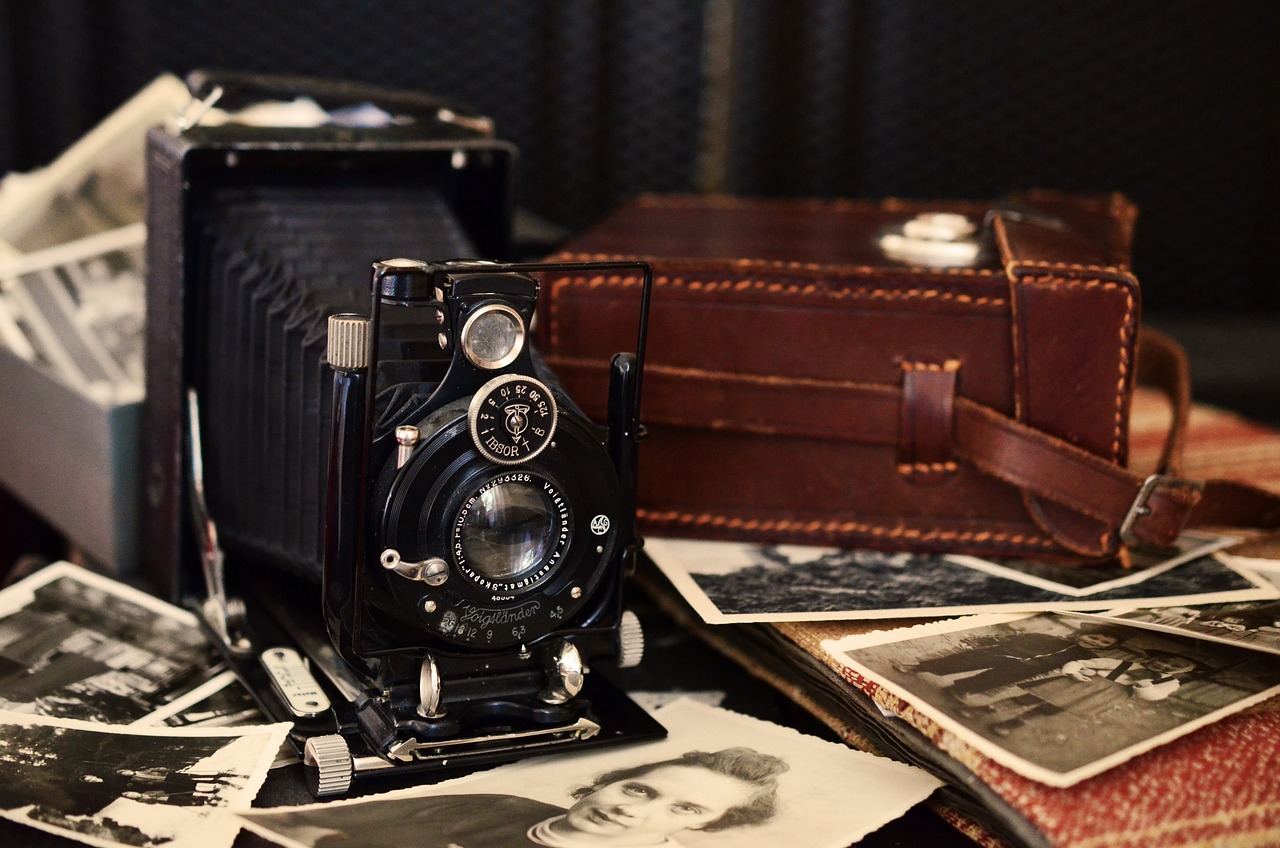
Final Touches and Styling
Once you've successfully repurposed your vintage vanity, the next step is to style it in a way that highlights its new purpose while maintaining its unique charm. Styling is like the cherry on top of a sundae; it can elevate your piece from merely functional to a stunning focal point in your home. Start by considering the functionality of your vanity—whether it’s now a chic desk, a stylish bathroom sink, or a decorative console. This will guide your decorating choices.
To showcase your vintage vanity effectively, think about the decorative elements you want to incorporate. For example, if your vanity is now serving as a desk, consider adding a stylish lamp that complements its design. A vintage-inspired lamp can enhance the overall aesthetic while providing practical lighting for your workspace. Additionally, incorporating personal touches like framed photos or cherished mementos can make the space feel uniquely yours.
Don't forget about the accessories. Small items like decorative trays, potted plants, or even a stack of books can add layers of interest to your vanity. Here’s a simple checklist of elements to consider when styling:
- Lighting: Use a lamp or fairy lights for ambiance.
- Plants: Incorporate greenery for a fresh feel.
- Artwork: Hang a small piece above the vanity for visual interest.
- Personal Items: Add items that reflect your personality.
Additionally, consider the color scheme of your surrounding decor. If your vanity features a bold color, try to keep the accessories in more muted tones to avoid overwhelming the space. Conversely, if your vanity is a more neutral shade, feel free to play with vibrant colors in your decor. This balance can create a harmonious look that draws the eye without feeling cluttered.
Finally, remember that less is often more. It’s easy to go overboard with accessories, but a well-styled vanity should feel curated rather than chaotic. Take a step back and evaluate your arrangement. If something feels off, don’t hesitate to rearrange or remove items until you find the perfect balance. The goal is to create a space that not only looks good but also feels good to be in.
Here are some common questions regarding the repurposing and styling of vintage vanities:
| Question | Answer |
|---|---|
| How do I clean a vintage vanity before repurposing? | Use a gentle cleaner and soft cloth to wipe down surfaces. Avoid harsh chemicals that can damage the finish. |
| Can I paint my vintage vanity? | Absolutely! Painting can give your vanity a fresh look, but make sure to use paint suitable for furniture. |
| What type of accessories work best with a vintage vanity? | Choose accessories that complement the style of the vanity—think vintage lamps, modern decor, or plants for a fresh touch. |
| How can I ensure my repurposed vanity fits my space? | Measure the area where you plan to place it and consider the vanity's dimensions to ensure it fits comfortably. |
Frequently Asked Questions
- What is the best way to choose a vintage vanity for repurposing?
When selecting a vintage vanity, consider its size, style, and condition. Look for pieces that not only fit your space but also resonate with your personal aesthetic. A well-chosen vanity can become a stunning focal point in your home.
- How can I assess the condition of a vintage vanity?
To assess the condition, check for structural integrity, finish quality, and any visible damage like scratches or loose joints. This evaluation will help you determine what repairs or refinishing techniques are necessary for a successful transformation.
- What are some common repairs needed for vintage vanities?
Common repairs include fixing scratches, dents, and loose joints. Addressing these issues can significantly enhance the vanity's appearance and functionality, making it more suitable for its new purpose.
- What refinishing techniques can I use on my vintage vanity?
Refinishing techniques include sanding, staining, or painting. The choice of technique will depend on the material of the vanity and the desired aesthetic. Each method can breathe new life into the piece, making it feel fresh and modern.
- Can I incorporate modern elements into my repurposed vintage vanity?
Absolutely! Blending modern design elements, such as contemporary hardware or finishes, can create a striking contrast with the vintage charm of the vanity. This fusion can enhance the overall aesthetic and give your piece a unique flair.
- What accessories should I consider when styling my vintage vanity?
Selecting the right knobs, pulls, and decorative accessories can elevate your vanity's design. Consider modern finishes that complement the vintage style, creating a cohesive and stylish look that showcases your creativity.
- How can I choose the right color palette for my vintage vanity?
Experimenting with color palettes is key! Consider how different shades can work together to create a statement piece. Think about the overall vibe you want to achieve, and don't be afraid to mix colors and textures for a unique touch.
- What final touches can I add to enhance my repurposed vanity?
After repurposing, styling your vintage vanity is essential. Thoughtfully chosen decor, such as plants, mirrors, or decorative trays, can enhance its charm and functionality, making it a beautiful addition to your home.



















